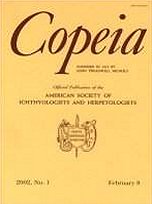Many animals use chemical cues to detect predators. However, according to the threat sensitivity hypothesis, natural selection should favor individuals able to respond differentially to the chemical cues of predators that pose different levels of risk rather than responding to chemical cues of all predators in a similar way. The behavioral responses of prey to chemical cues of predators might depend, for example, on the degree to which predators include prey in their diets. The Wall Lizard (Podarcis muralis) is under high predation pressure by saurophagous-specialist Smooth Snakes (Coronella austriaca). Wall Lizards are also an important part of the diet of the Montpellier Snake (Malpolon monspessulanus) and occasional prey of the Ladder Snake (Elaphe scalaris). Also, Wall Lizards are sympatric with the non-saurophagous Viperine Snake (Natrix maura). In the laboratory, we compared the tongue-flick rates and behavioral patterns of Wall Lizards in response to exposure to chemical signals of these four snake species that pose different risks of predation. Results suggested that Wall Lizards were able to discriminate the chemical cues of the predatory snakes from the non-saurophagous snake. However, lizards did not respond differentially to chemical cues of different predatory snakes. We suggest that other additional cues are probably needed to elicit an adequate, specific defensive response.
How to translate text using browser tools
1 August 2004
Chemosensory Recognition and Behavioral Responses of Wall Lizards, Podarcis muralis, to Scents of Snakes that Pose Different Risks of Predation
Luisa Amo,
Pilar López,
José Martín
ACCESS THE FULL ARTICLE





